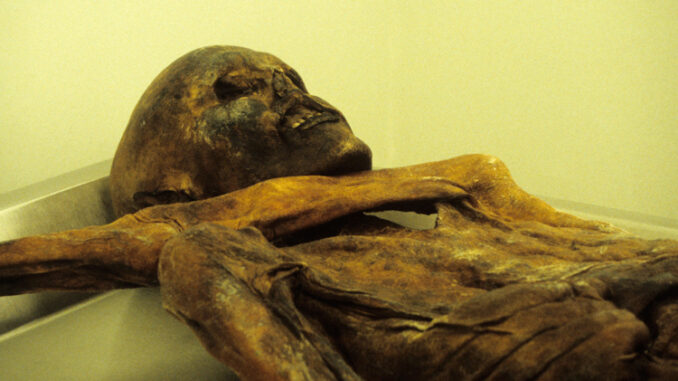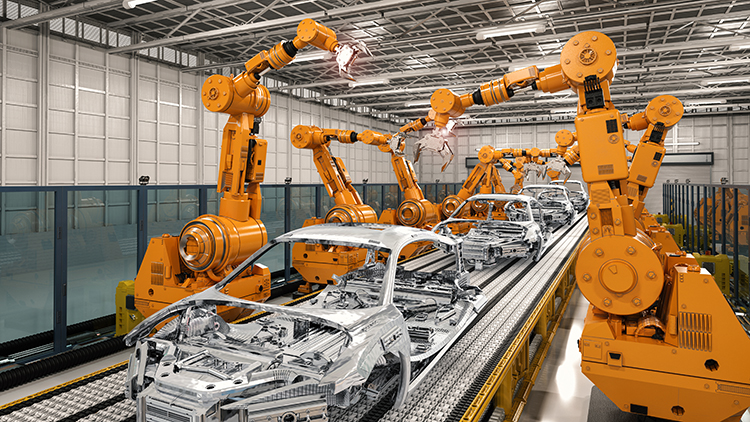
What do you think of when you hear the word mummy? Most picture the cloth-wrapped mummies of ancient Egypt. These mummies underwent an extensive artificial mummification process.
A mummy is a corpse that keeps its soft tissue long after death. Soft tissue includes skin, eyes, and internal organs. Mummies are created because under the right conditions, decomposers such as bacteria and fungi cannot get to the tissue to break it down. The bodies are preserved.
The artificial mummies of ancient Egypt were intentionally preserved by humans. But under certain conditions, nature creates its own mummies! These conditions tend to be extreme.
Bacteria and fungi need water to survive. As a result, the very dry conditions of deserts can produce natural mummies. The sand also helps in preserving the bodies.
Bogs are another environment that can create natural mummies. A bog is a wetland with large amounts of decomposing plant material called peat. The water in bogs is acidic and lacks oxygen, keeping bacteria and fungi away. Scientists believe that sphagnum from the moss that grows in the bogs also aids in the preservation of bog mummies.
Freezing conditions can also preserve soft tissue. Mummies such as “Iceman,” found in Northern Italy, are extremely well preserved. Sometimes clothing, blood, stomach contents, and hair can even be preserved.
Natural mummies might be a bit spooky, but these creepy corpses are very important. They can be thousands of years old and perfectly preserved. Scientists learn about what they wore, what they ate, how they lived, and how they died.
What Do You Think? Are natural mummies creepy or cool? Explain.
Photo Credit: MARKA/Alamy Stock Photo



